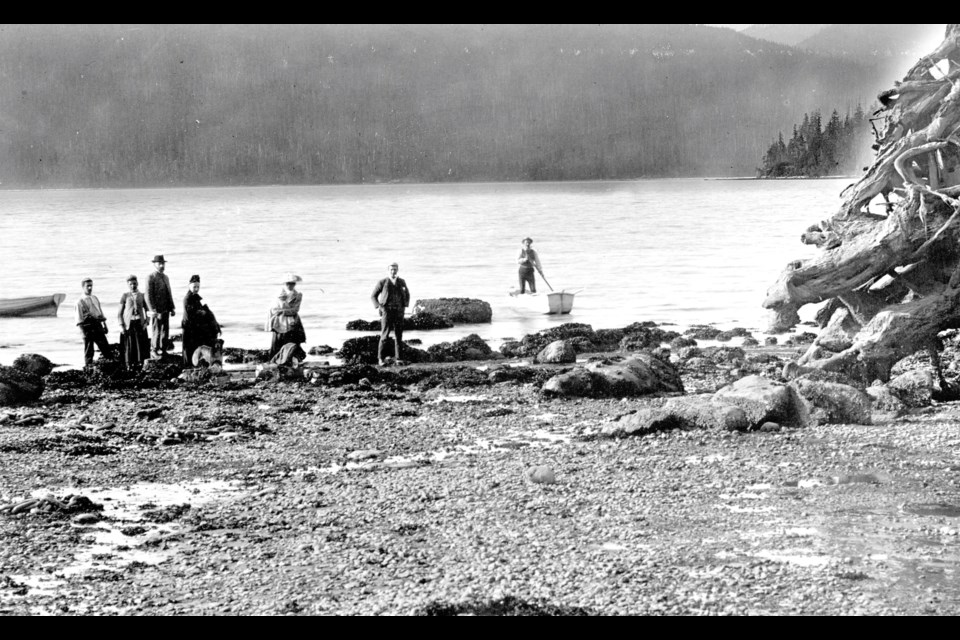Originally known as X̱epx̱páy̓em by the Squamish people, Kitsilano Beach has become world-famous as a quintessential part of Vancouver.
With a clear sandy beach (thanks to efforts over 100 years ago) and views of everything from UBC to the North Shore Mountains, it offers a lot for an urban beach not far from the centre of a significant city.
So no wonder it's a popular hangout for locals.
That's not new, though, as these photos show.
People have been drawn to the beach in Kitsilano for a long time; local First Nations harvested food from the forest and sea in the area.
When European settlers arrived from the east the beach became a popular place to hang out, relax, and be seen. However, beach life wasn't quite the same in those days, with attire being pretty much the same as anywhere else in public. That means large, complex dresses for women and suits for men.
Beachwear evolved a lot from the 1890s to the 1950s; bathing gowns (large wool suits) were common before the turn of the century while the modern bikini didn't exist until after WWII.
As these photos show, by the late 1950s what was appropriate to wear to the beach had changed drastically, with men and boys just in shorts and women in more revealing swimsuits compared to previous generations.
The beach and park have also evolved. In the early days, it was like any other sandy beach on the west coast. In 1901, efforts were made to make it less wild with the beach cleared of obstacles, and around this time a permanent structure was built. Campsites were advertised shortly after, and people would visit the beach by boat from other parts of the city and region.
The original Kitsilano Pool was built in 1931, a massive space filled with seawater; octopuses could be found in it in the early days. It was bigger than the current (built in 1978) version, with a length of 200 metres.



